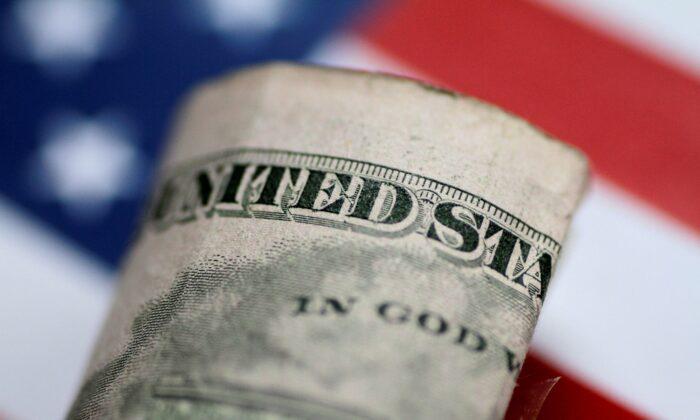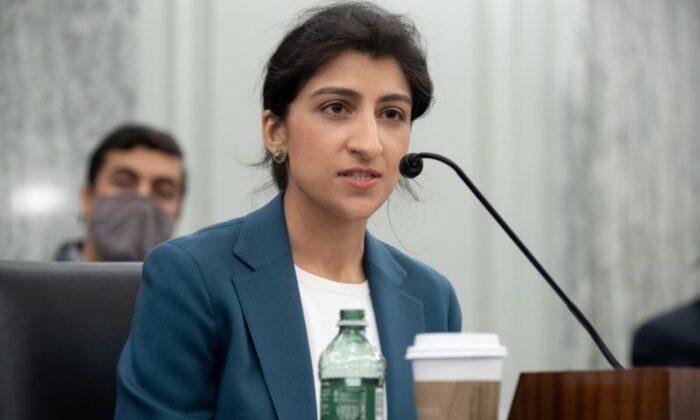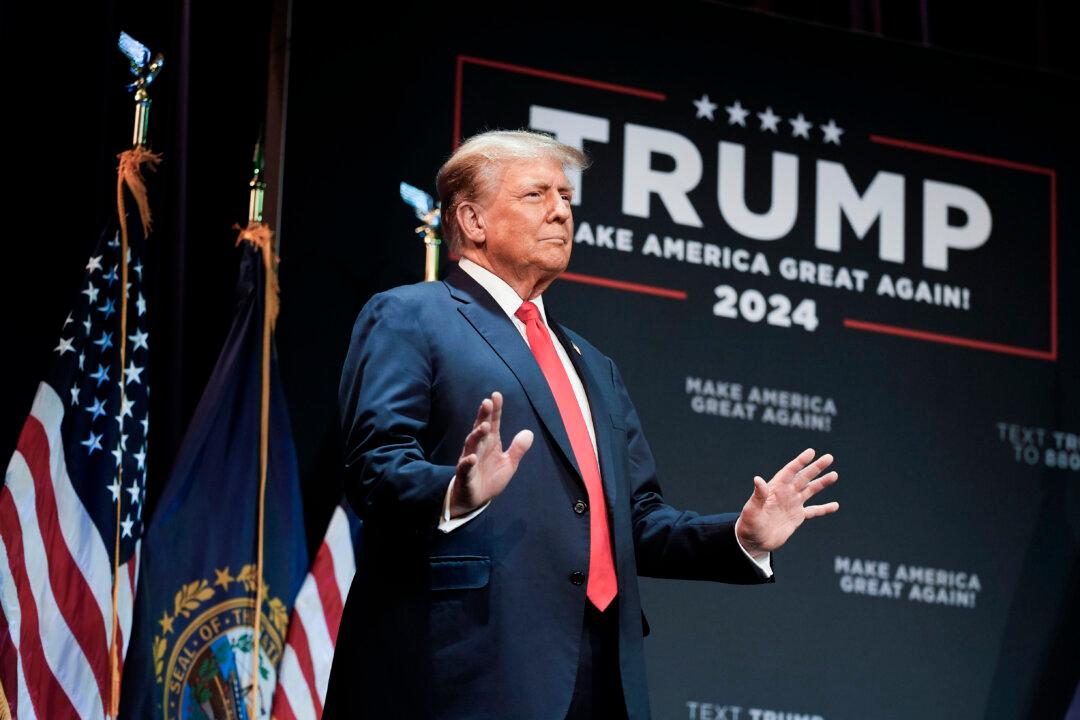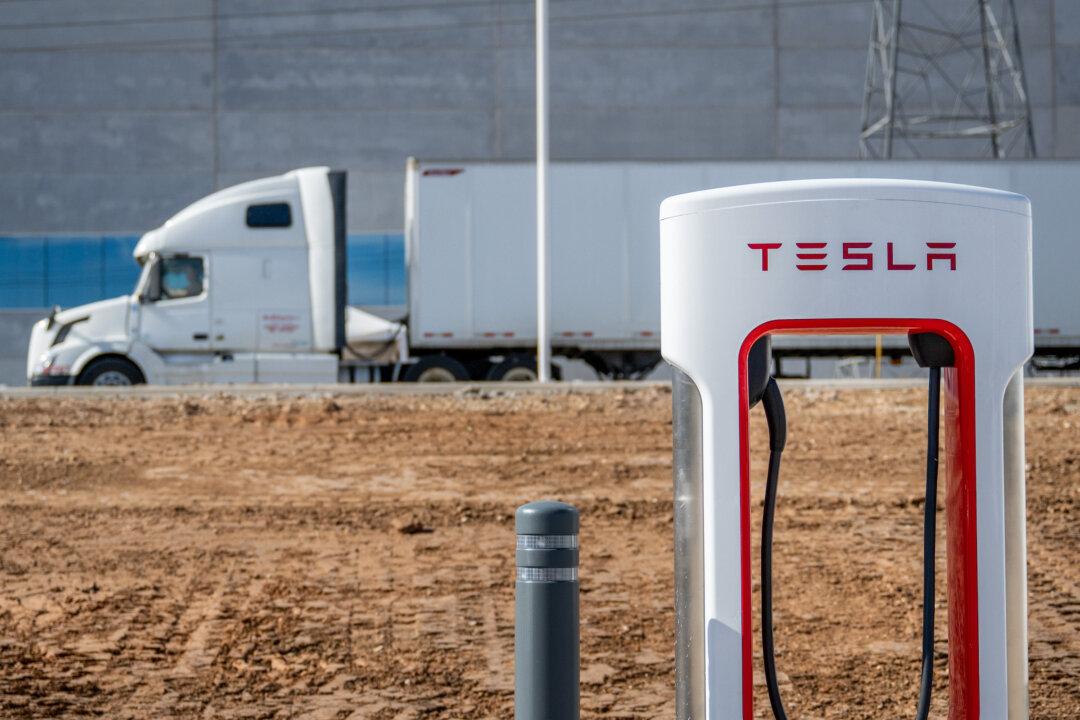In yet another sign that higher price dynamics could stick around longer than many previously believed, the number of times the word “inflation” was mentioned during earnings calls in the third quarter has surged to its highest level in over two decades, according to a Bloomberg tally.
The rise in corporate inflation chatter, like rising prices themselves, paint a picture of greater persistence around upward price pressures, even as Federal Reserve officials and members of the Biden administration remain wedded to the “transitory” inflation framing.
“I don’t think we’re about to lose control of inflation,” Yellen said. “On a 12-month basis, the inflation rate will remain high into next year because of what’s already happened. But I expect improvement by the middle to end of next year ... second half of next year.”
Federal Reserve Chairman Jerome Powell said at a recent hearing that inflation would likely stay elevated over the next few months before falling back down, closer to the central bank’s target.
“As the economy continues to reopen and spending rebounds, we are seeing upward pressure on prices, particularly due to supply bottlenecks in some sectors. These effects have been larger and longer lasting than anticipated, but they will abate, and as they do, inflation is expected to drop back toward our longer-run 2 percent goal,” he said, insisting the Fed would react if “sustained higher inflation were to become a serious concern.”
But with consumer price inflation running at around a 30-year high—and well above the Fed’s 2 percent target—along with growing wage pressure in the face of persistent business hiring difficulties, a growing number of economists are questioning the central bank’s “transitory” inflation narrative.
“The almost dogmatic adherence to a strict transitory line has given way in some places to notions of ‘extended transitory,’ ‘persistently transitory,’ and ‘rolling transitory’—compromise formulations that, unfortunately, lack analytical rigor given that the whole point of a transitory process is that it doesn’t last long enough to change behaviors,” he wrote.
El-Erian said he fears that Fed officials will double down on the transitory narrative rather than cast it aside, raising the probability of the central bank “having to slam on the monetary policy brakes down the road—the ‘handbrake turn.’”
“A delayed and partial response initially, followed by big catch-up tightening—would constitute the biggest monetary policy mistake in more than 40 years,” El-Erian argued, adding that it would “unnecessarily undermine America’s economic and financial well-being” while also sending “avoidable waves of instability throughout the global economy.”
His warning comes as the Federal Open Market Committee (FOMC)—the Fed’s policy-setting body—will hold its next two-day meeting on November 2 and 3.
The FOMC has signaled it would raise interest rates sometime in 2023 and begin tapering the Fed’s $120-billion-a-month pandemic-era stimulus and relief efforts as early as November.






Friends Read Free